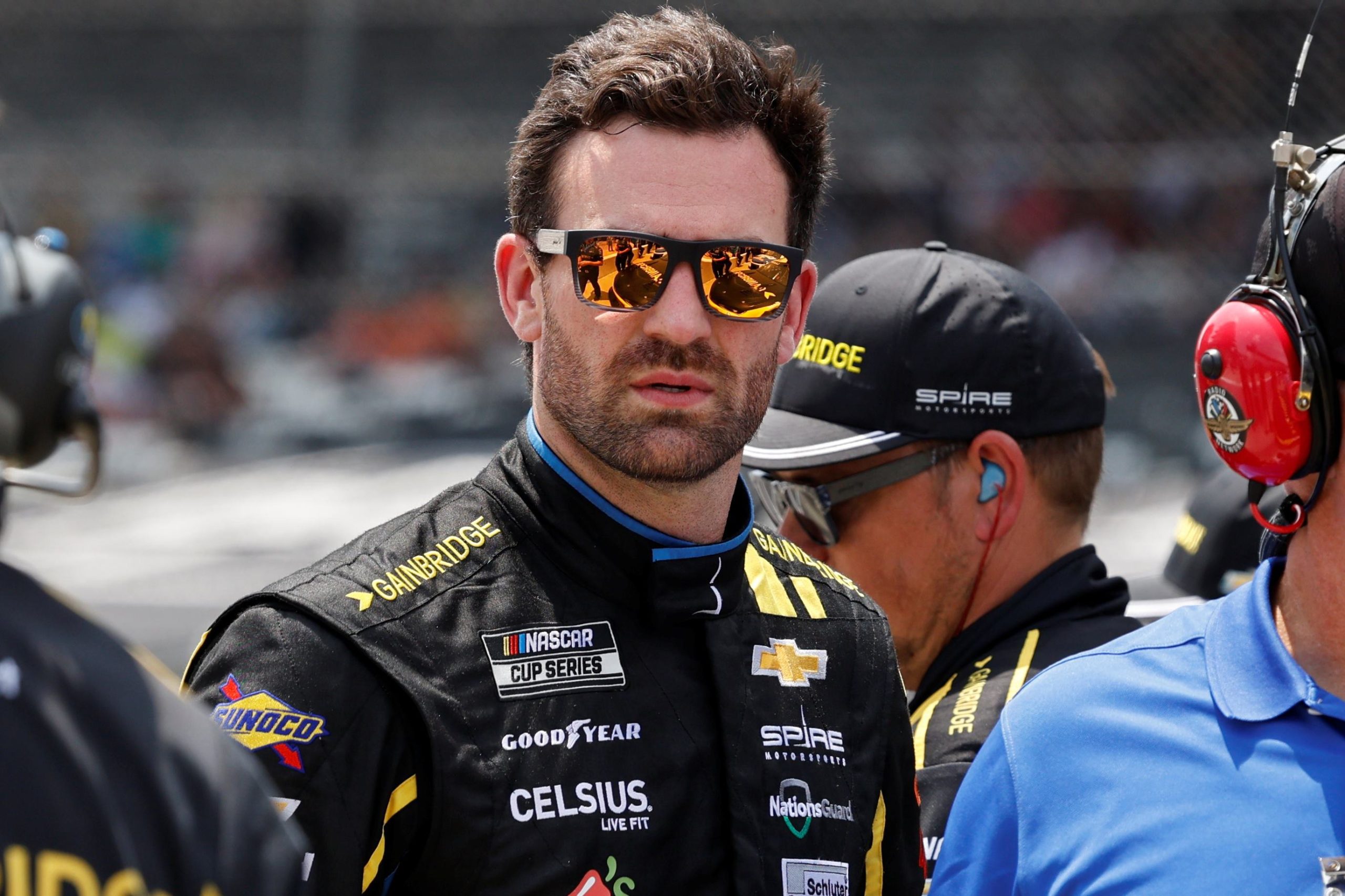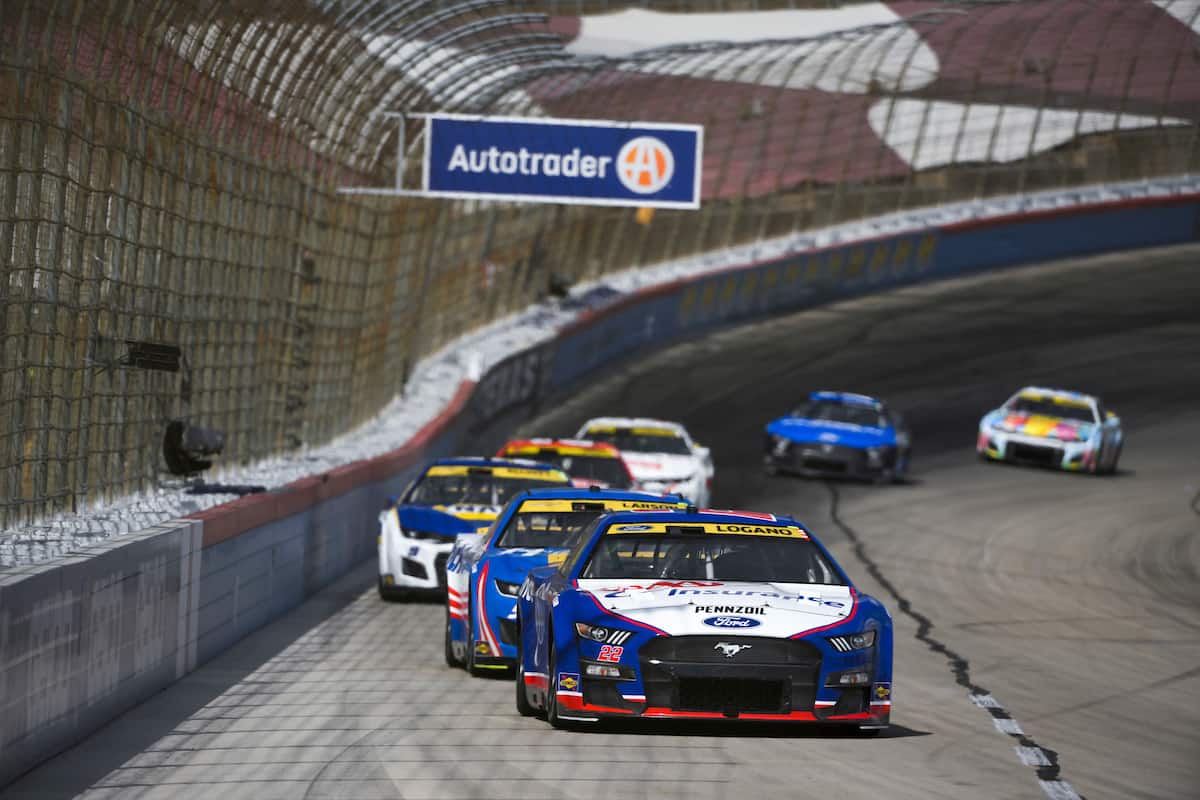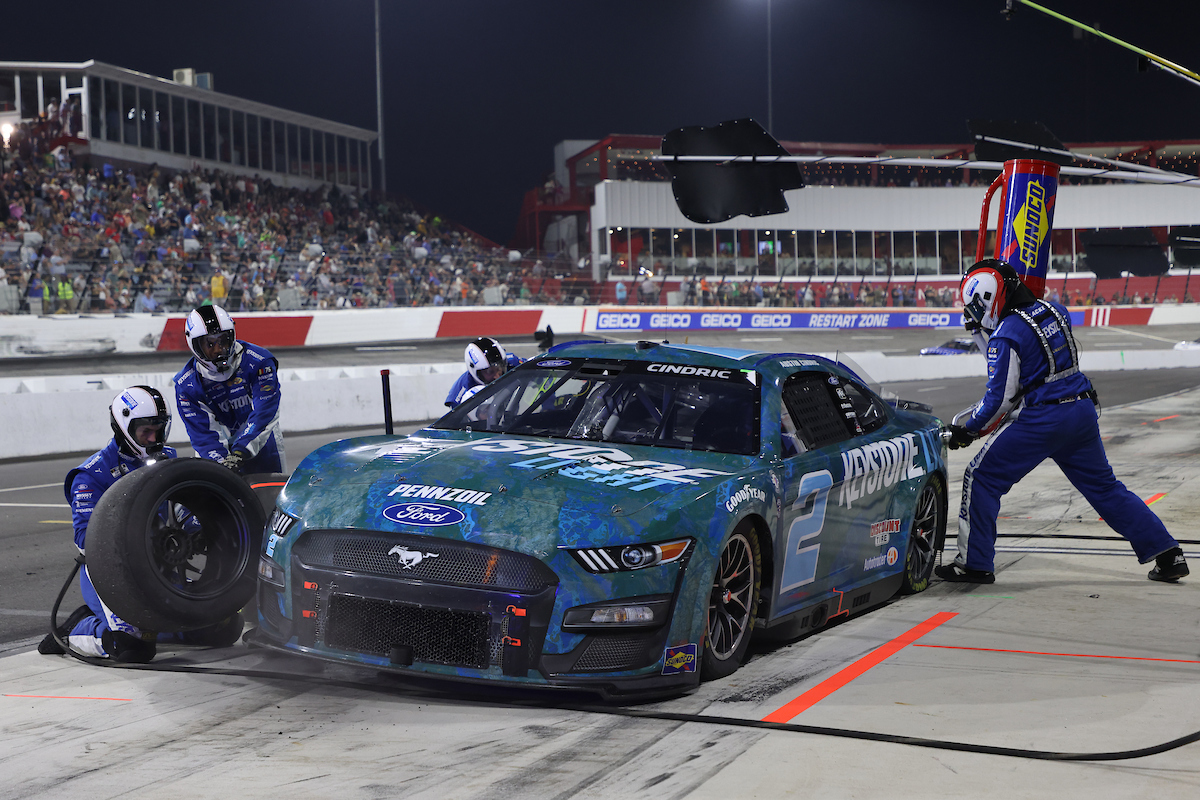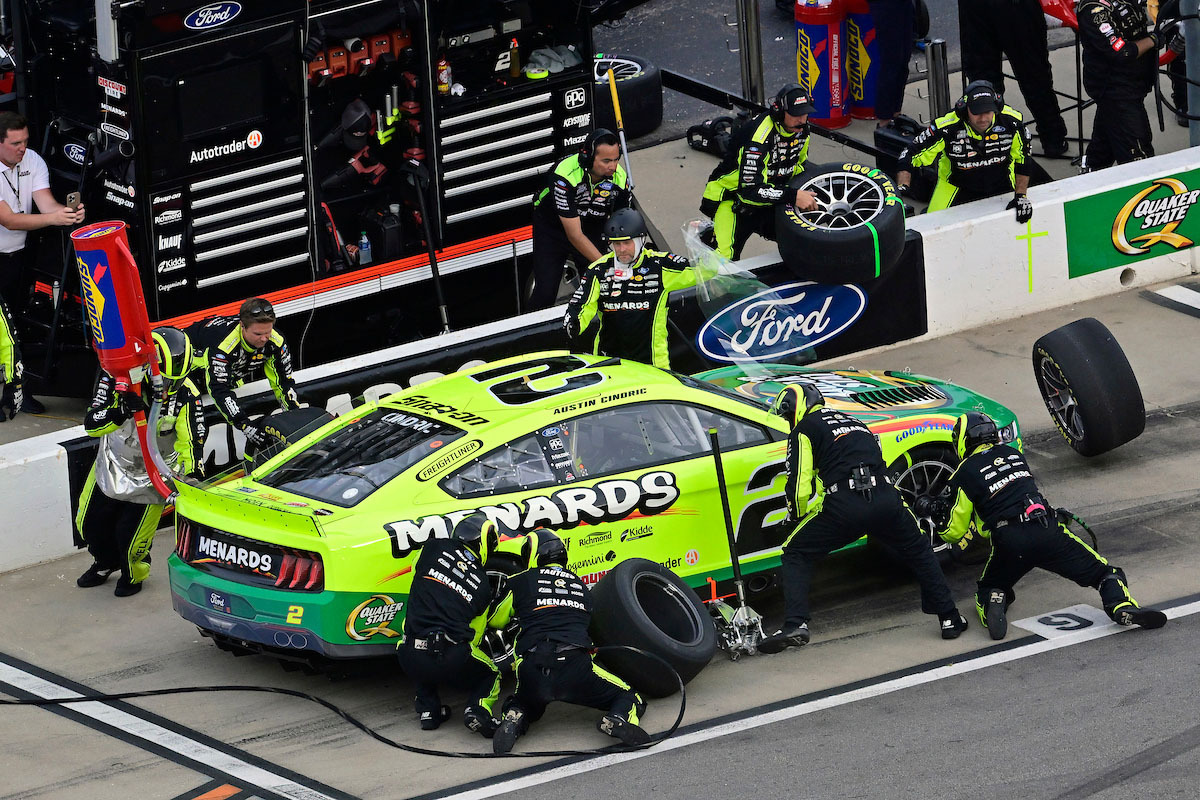Can NASCAR race on a wet track?
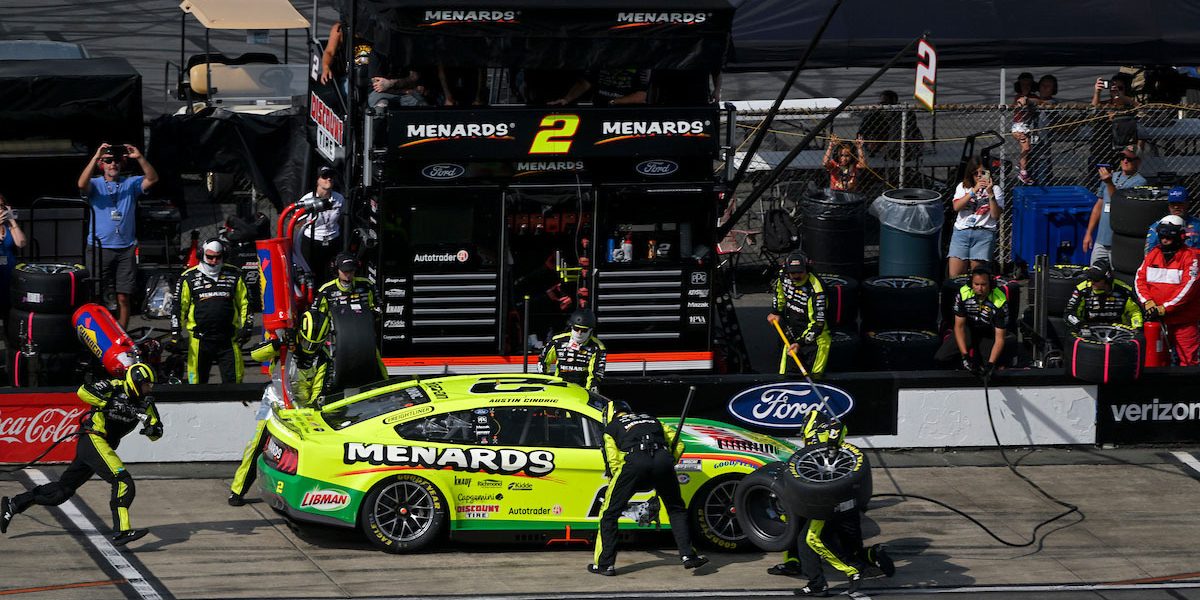
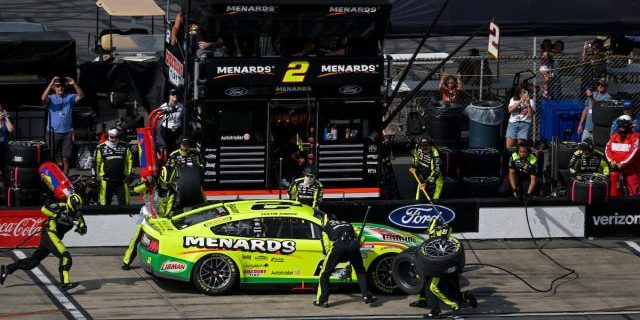
You’ve watched a plethora of NASCAR races, cheering your favorite driver from the comfort of your living room. But as you stare outside at the pouring rain, you wonder, “Can NASCAR race on a wet track?”
Yes, NASCAR can race on a wet track, but it’s complicated. Different rules and tire configurations come into play, making it a unique aspect of the sport.
In this article, we will delve into the nitty-gritty of wet track racing in NASCAR, discussing how it impacts race strategy, car setup, and driver skill. By the end, you’ll have a comprehensive understanding of the subject matter.
Table of Contents
A Detailed Explanation of Wet Track Racing in NASCAR
The Rain Tires
Rain tires are the first major aspect to consider when NASCAR races take place on a wet track. Unlike the slick tires used in dry conditions, rain tires have grooves that help with grip. They are designed to disperse water, allowing the car to maintain traction even when the track is wet.
The Rules
NASCAR has specific rules for wet conditions, and failing to follow these can result in penalties. For example, NASCAR may mandate a switch to rain tires and activate the rain light located at the back of the cars. If drivers do not adhere to these rules in the stipulated time, they could be black-flagged, requiring them to exit the race or enter the pit lane.
Car Setup
A wet track isn’t just a slippery surface; it’s an entirely different racing environment. The car setup often has to be adjusted, with tweaks made to the suspension and aerodynamics to account for the change in driving conditions. Even the driving strategy changes, as drivers must be more cautious in how they approach corners and other cars.
The Driver’s Skill
Wet conditions put a premium on driver skill. Racing on a wet track requires finesse and precise control over the vehicle, as the margin for error shrinks considerably. Being adept at wet weather racing can give a driver a significant advantage.
Here’s everything else you need to know to delve deeper into this topic.
How Do Drivers Adapt to Wet Track Conditions?
Racing on a wet track requires a different mindset and a modified driving style. Drivers must exercise caution while also seizing opportunities to advance their position. Timing becomes crucial when deciding to pass another car or to head into the pit lane for a tire change.
The Importance of Visibility
Visibility is often reduced in wet conditions due to mist and spray coming off other cars. This makes it essential for drivers to maintain a safe distance from the vehicle ahead. The use of windscreen wipers and defoggers also comes into play, as drivers need to ensure they have a clear view of the track at all times.
Pit Stop Strategies
Pit stop strategy can be a game-changer in wet races. Crew chiefs must decide when to call their drivers into the pit lane to switch to rain tires. Timing is crucial here, as a late or early pit stop can cost a driver valuable positions on the track.
The Tire Swap Dilemma
The decision to switch between slick and rain tires can be complex. This is because the track may start drying out, making rain tires less effective. Crews have to continuously monitor weather conditions and track status to make informed decisions, adding another layer of complexity to the race strategy.
How Does Wet Racing Affect the Outcome?
Races on wet tracks tend to be unpredictable, throwing a curveball into what might otherwise be a straightforward competition. Underdogs may seize the opportunity to showcase their wet-weather driving skills, leading to surprise winners.
An Unpredictable Podium
Given that wet conditions equalize the field to some extent, drivers who might not usually get a shot at the podium could find themselves in contention. It’s not just about the car’s performance but also the driver’s ability to adapt to rapidly changing conditions.
A Test of Skill and Strategy
In wet races, both driver skill and team strategy are put to the ultimate test. A well-timed pit stop or a skillful overtaking maneuver in slippery conditions can make the difference between victory and defeat.
Can NASCAR race on a wet track? – Final Thoughts
By now, you’ve gained a thorough understanding of the intricacies involved in NASCAR racing on wet tracks. From the specialized rain tires and modified car setups to the strategies that crew chiefs employ, wet conditions bring an added layer of complexity to the sport. Most importantly, wet racing serves as a litmus test for a driver’s skill, challenging them to adapt to conditions that push both machine and man to the limits.
Remember, whether you’re a casual viewer or an avid fan, appreciating the nuances of wet track racing can offer you a richer, more engaging NASCAR experience. So the next time you find yourself wondering about the capabilities of these high-speed machines in the rain, you’ll know just what to look for.
Can NASCAR race on a wet track? – FAQ
Does NASCAR cancel races due to rain?
While NASCAR tries to avoid canceling races outright due to weather, races may be postponed or shortened in the case of persistent, heavy rain.
What happens if it starts raining in the middle of a race?
If rain starts in the middle of a race, NASCAR may call for a caution flag, allowing teams to switch to rain tires and make other necessary adjustments.
How do rain delays affect the NASCAR schedule?
Rain delays can push back the start time of a race, and in some instances, the race may be moved to the next available date.
Are there any tracks where NASCAR won’t race if it’s wet?
Yes, NASCAR generally avoids wet racing on high-banked ovals and super-speedways due to safety concerns.
Do all NASCAR series use rain tires?
Rain tires are primarily used in the NASCAR Cup Series and the Xfinity Series. They are generally not used in the NASCAR Camping World Truck Series.


